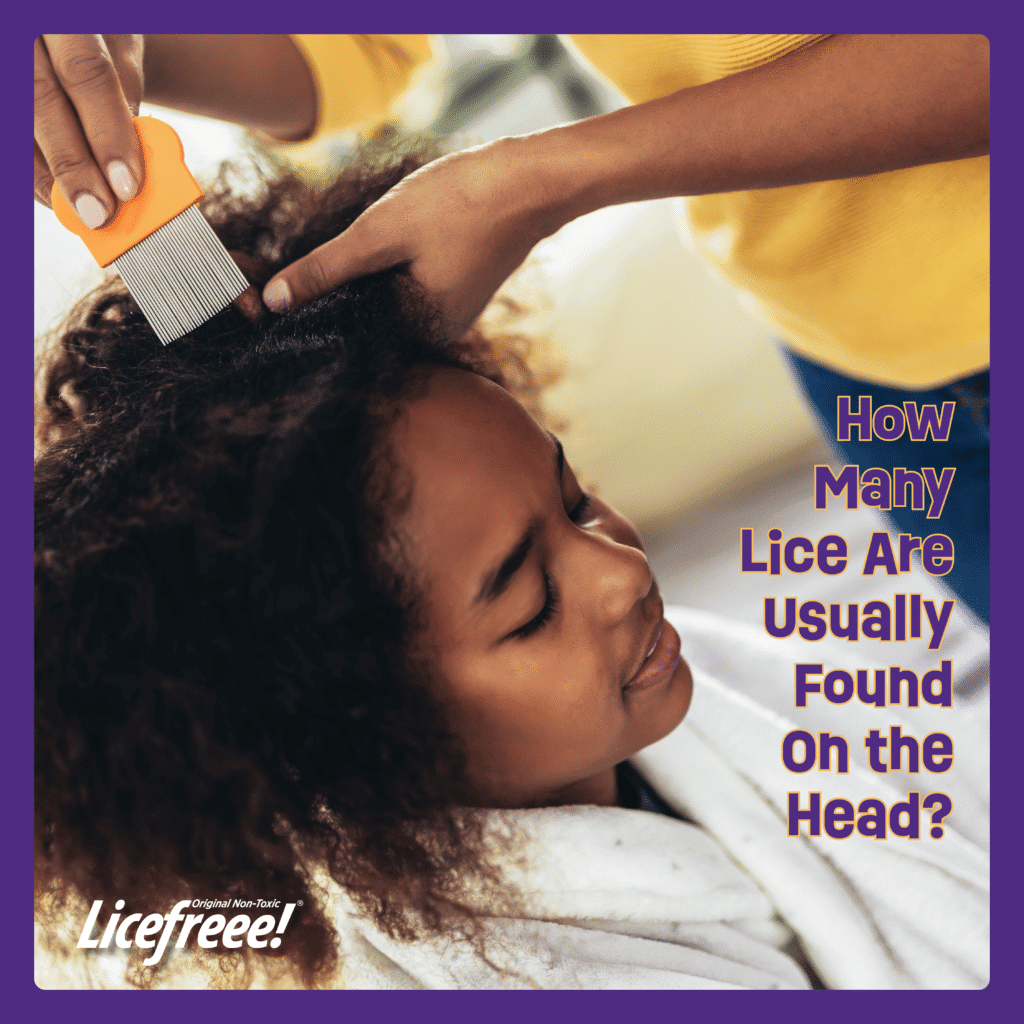
Head lice are tiny parasites that feed off human blood from the scalp. They cling to human hair follicles and are spread by head-to-head contact. Head lice are easily spread, and infestations can move from household to household, riding on clothing and linens. Lice often spread between school-age children, who may often hug or play in close quarters.
For many of us, the thought of head lice can be terrifying! Especially when the word “infestation” is added to the mix! Have no fear, though; depending on various factors, a typical examination of the head and scalp will yield 10-15 lice.
This article will cover the various stages of lice infestations and how many eggs lice typically lay.
How Many Eggs Do Lice Lay?
Lice spreads quickly from head-to-head contact. An adult female lice (also known as a louse) lays up to eight eggs daily and can live up to 30 days on a person’s head. Throughout her lifetime, she can lay between 100 and 150 eggs. As more eggs (nits) are laid and become adults, the number of eggs multiplies. If an infestation goes undetected, hundreds or thousands of lice can live on one single head at any time. This is why we must catch an infestation early in the lice’s lifespan.
Determining the Stage of Infestation
First, you should understand the different stages of lice. During an infestation, three stages of lice are typically found: the adult louse, the nymph, and the egg (nit). Adult lice are no bigger than sesame seeds and lay eggs. The eggs are smaller and usually stuck to the base of hair shafts, closest to the scalp. Nymphs are young, barely identifiable insects.
Conducting a thorough examination will help you to identify the stage of infestation. It is important to note that if you discover eggs, it does not necessarily mean there’s an active infestation. Eggs can survive for several days after the louse dies, so it’s possible to find eggs but no active louse. This is best case scenario and means you have caught the infestation early!
How to Identify Lice
It’s essential to identify a potential lice infestation early; the most telling sign is an itchy and inflamed scalp.
If you suspect you or someone in your family has lice, begin with an at-home examination. Use a nit comb to separate hair and comb closely along the scalp, and use a magnifying lens to examine the hair shafts. You may notice tiny insects, no larger than a sesame seed, clinging to the base of hair follicles. You may also see red bites dotting the scalp. These bites tend to appear in clusters that form look like red spots. Upon further inspection, you may notice tiny speckles of blood forming where the insects feed, especially if you or your loved one have been scratching. Additionally, you should look for nits that cling to hair shafts. These are easier to spot than live lice as they do not move.
How to Treat Lice
Once you identify lice, you should take action quickly. This requires treatment of the infected person with an over-the-counter shampoo, gel, or spray. It also involves the treatment of your home. You will want to wash linens and inspect the furniture for nits or lice eggs. We recommend the Licefreee Ultimate Family Kit to help eliminate lice and nits from your family and home.
